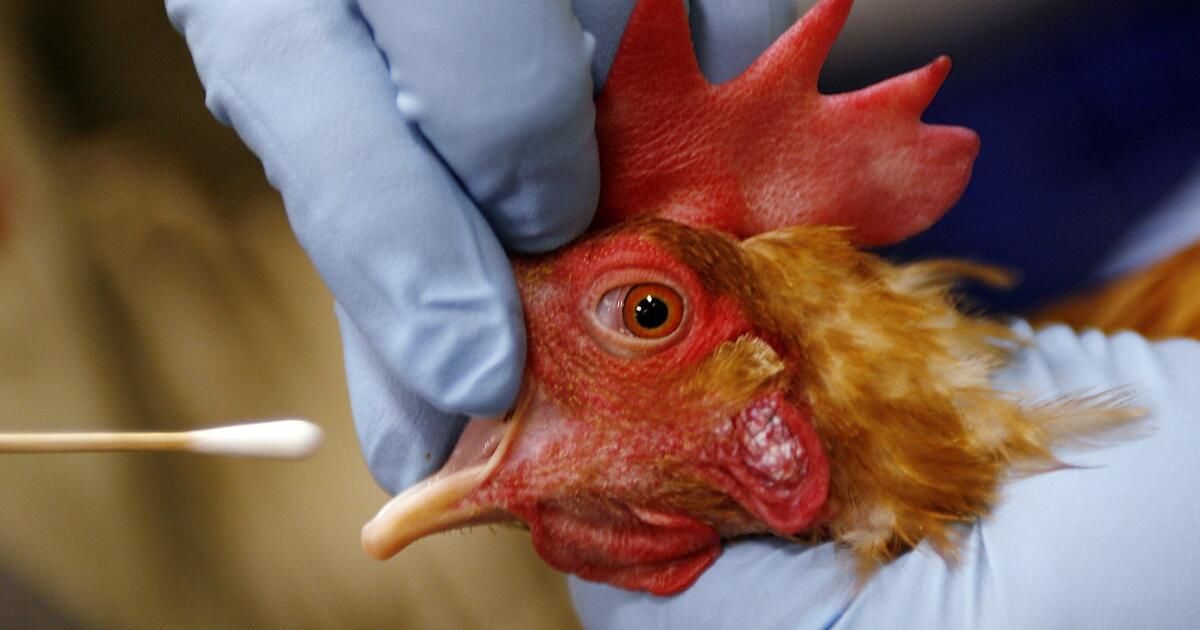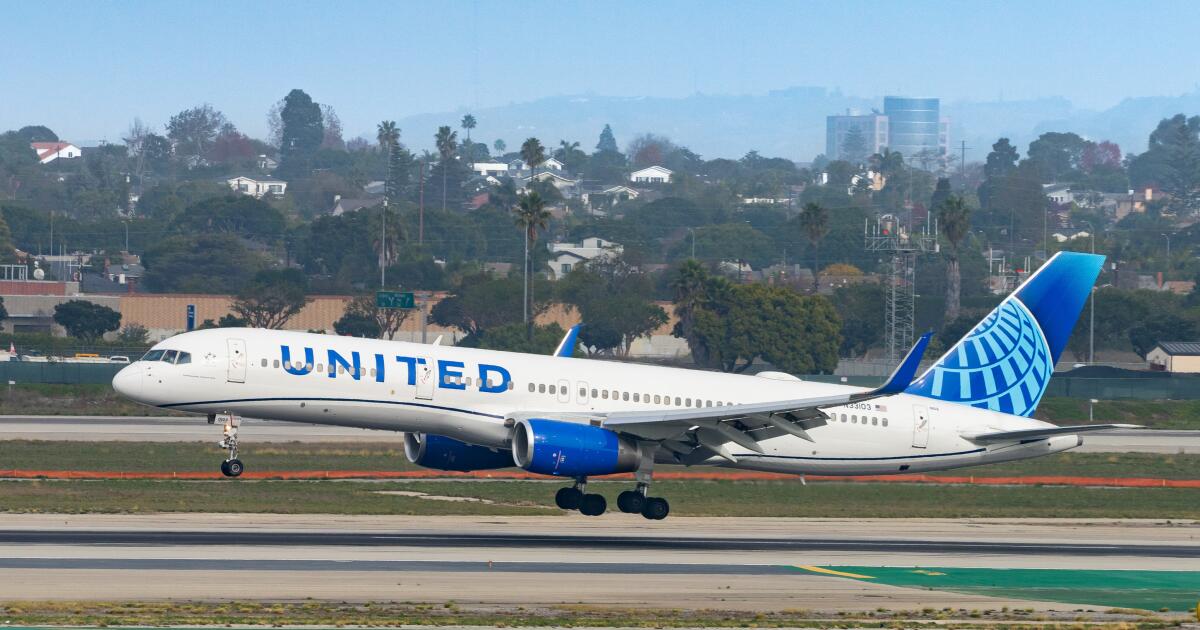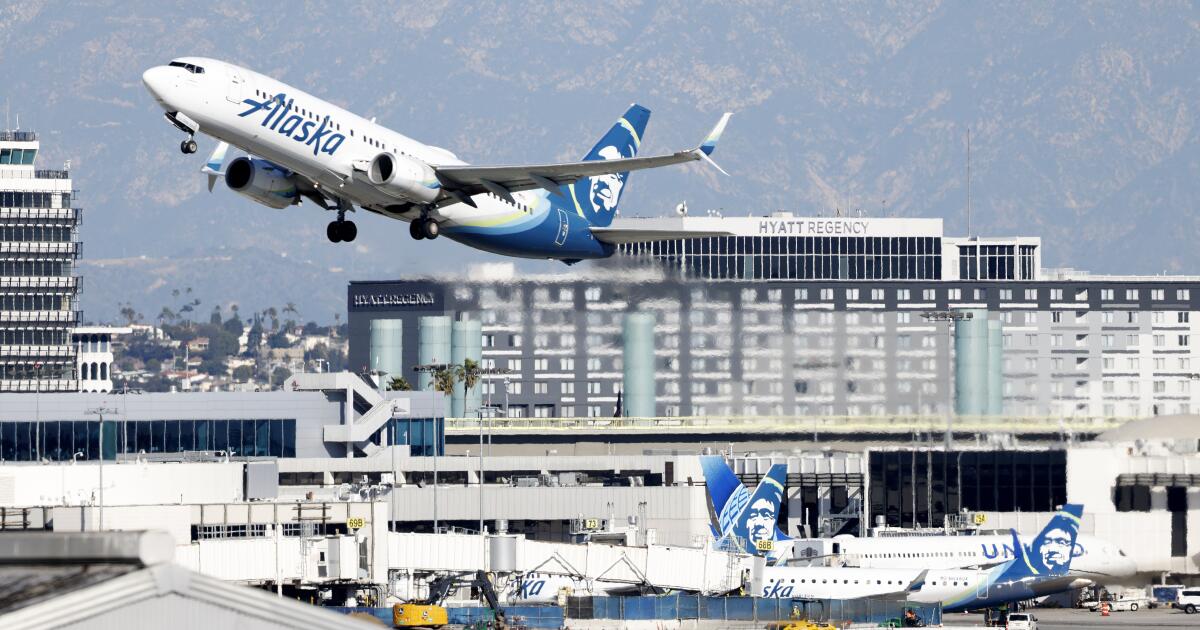December should have been the most profitable month of the year for Liberty Ducks, a poultry farm in Sonoma County. Instead, the 31-year-old company suddenly found itself face to face with possible closure.
“There was never going to be a good time for this to happen, but over the holidays it was especially difficult,” said Jennifer Reichardt of the Liberty Ducks. The farm, she said, has been “paralyzed” by the outbreak.
In December, the farm was one of nine locations in Sonoma County infected with highly pathogenic avian influenza, also known as bird flu. As a result, the county’s poultry farmers have been forced to destroy more than 1 million birds as they attempted to quarantine their flocks to curb the outbreak.
The outbreak has been ongoing since 2022, but its sudden rise in December has meant that regional restaurants in the winery-rich region are seeing their poultry supplies dwindle. Experts warn this may be just the beginning of a surge in California’s two-year-old bird flu outbreak.
“Restaurants are looking for products,” said Bill Mattos, president of the California Poultry Federation.
The lingering disease has not yet affected prices or supply statewide, Mattos said, given the availability of poultry in other counties and out of state. But restaurants, stores and other wholesalers who prefer to use local sources are suddenly seeing their offerings decline.
“Everyone is looking at what they can do to prevent it even further,” Mattos said.
Liberty Ducks supplies ducks to Bay Area restaurants and more than 200 wholesalers. But because the company’s facilities are quarantined, the farm cannot start new production, Reichardt said.
“Our business will be paralyzed for at least two months until the quarantine is lifted or we find other locations,” he said.
Poultry companies have been feeling the effects of bird flu since February 2022, when the U.S. Department of Agriculture first detected the virus in commercial and backyard flocks.
Since then, more than 79 million birds across the United States have been affected in 47 states. In California, the virus has affected 37 commercial and 22 backyard flocks, totaling 5.4 million birds, according to the U.S. Department of Agriculture’s Animal and Plant Health Inspection Service.
Almost two years after the start of the outbreak, the avian pandemic has not gone unnoticed by consumers either.
Last year, the outbreak contributed to skyrocketing egg prices across the country. In January 2023, a dozen large eggs reached a high of $7.37, compared to $2.35 a year earlier. The USDA said that while demand for eggs was rising in December 2022, bird flu was cutting into supply; In the last week of that month, there were about 29% fewer eggs than at the beginning of 2022.
A higher incidence of highly pathogenic avian influenza is common during this time of year due to the migratory patterns of wild birds, which carry the virus as they fly from the Arctic to California, said Dr. Maurice Pitesky, associate professor at the School of UC Davis Health Sciences. Veterinary Medicine whose research focuses on the disease.
Unfortunately, the same climate and geography that makes poultry farming popular in some areas is what attracts wild birds like ducks and geese, which bring the flu to the state. The virus can pass from one animal to another through saliva, mucus or feces.
“Wildlife can bring this virus onto their farms because it is so infectious,” Pitesky said.
Farmers have tried to keep their herds safe through biosecurity practices, such as requiring clean shoes before workers enter the farm to prevent feces from contaminating the area under the shoes, Mattos said. Several large farms are also trying to reduce the risk by prohibiting their workers from keeping backyard flocks.
However, last month, Northern California poultry farmers were particularly hard hit by the virus.
“I’m not sure if it’s a more virulent strain or what,” Mattos said. “The industry expects it to come and appear, but we didn’t expect it to be in large quantities.”
According to the USDA, 11 flocks in California have tested positive for the virus in the past 30 days, affecting more than 3.3 million birds.
In Sonoma County, the effect has been significant.
Nine poultry birds at sites in southern Sonoma County have been infected with the virus, requiring the euthanasia of more than a million birds to prevent further spread, according to the county.
On December 5, the Sonoma County Board of Supervisors declared a local emergency due to the disease. Flocks that have been infected have been quarantined and county officials hope to slow the spread of the virus.
The effect of the flu on the county and region is still unclear, but officials are concerned the fallout could hit affected farms, workers, restaurants and markets that rely on eggs, meat and jobs from the farms. farms.
A Sonoma County spokesperson said the county has not yet conducted an economic impact study but is still focusing resources on containing the outbreak.
According to the California Department of Food and Agriculture, five California counties (Fresno, Marin, Merced, San Joaquin and Sonoma) have active bird flu infections.
The flu could be especially damaging for businesses like Liberty Ducks that are still recovering from the COVID-19 pandemic.
“After COVID, we were already in such a tight financial space that this really could have been the final blow,” Reichardt said.
She and her brother created a GoFundMe campaign to keep the business afloat and have raised more than $184,000 so far.
“Community outreach not only allows us to continue and help with cash flow, but it also gives us a mental boost to keep fighting,” Reichardt said.
Some farms may also seek federal compensation for the value of lost birds, but Mattos said it is not enough to cover what farmers could have earned from their flocks.
For now, farmers and backyard flock owners are urged to take precautions and keep their birds isolated from exposure.
And depending on this year’s rains, poultry farmers could be seeing only the first effects of the outbreak this year, Pitesky warns.
“If it is a rainy year, unfortunately, [wild birds] “We will probably stay here until April and May,” he said. “They will most likely have to deal with this for several more months.”












